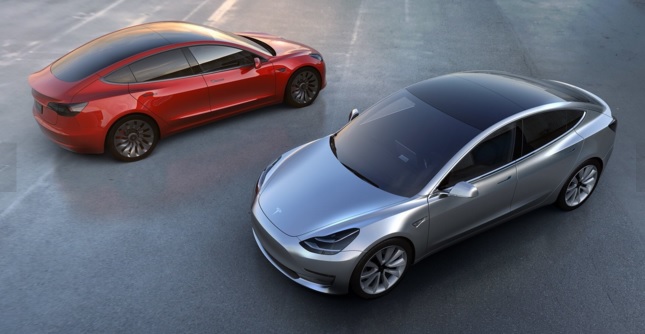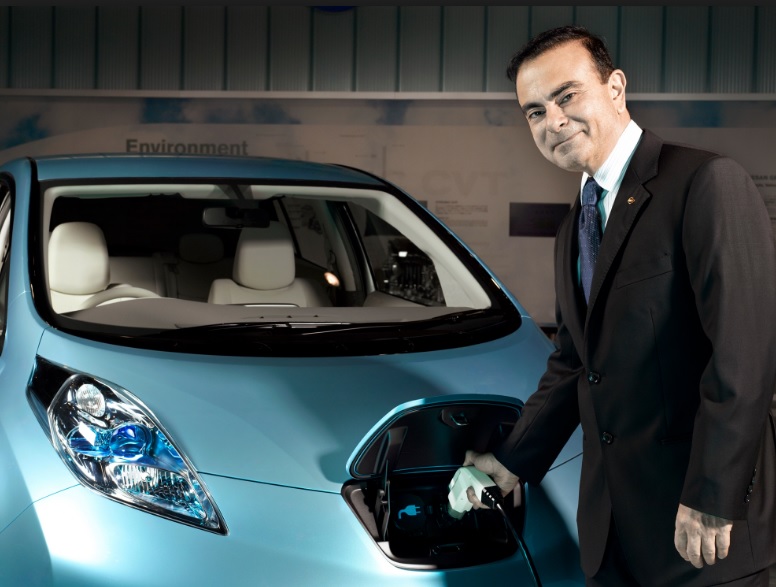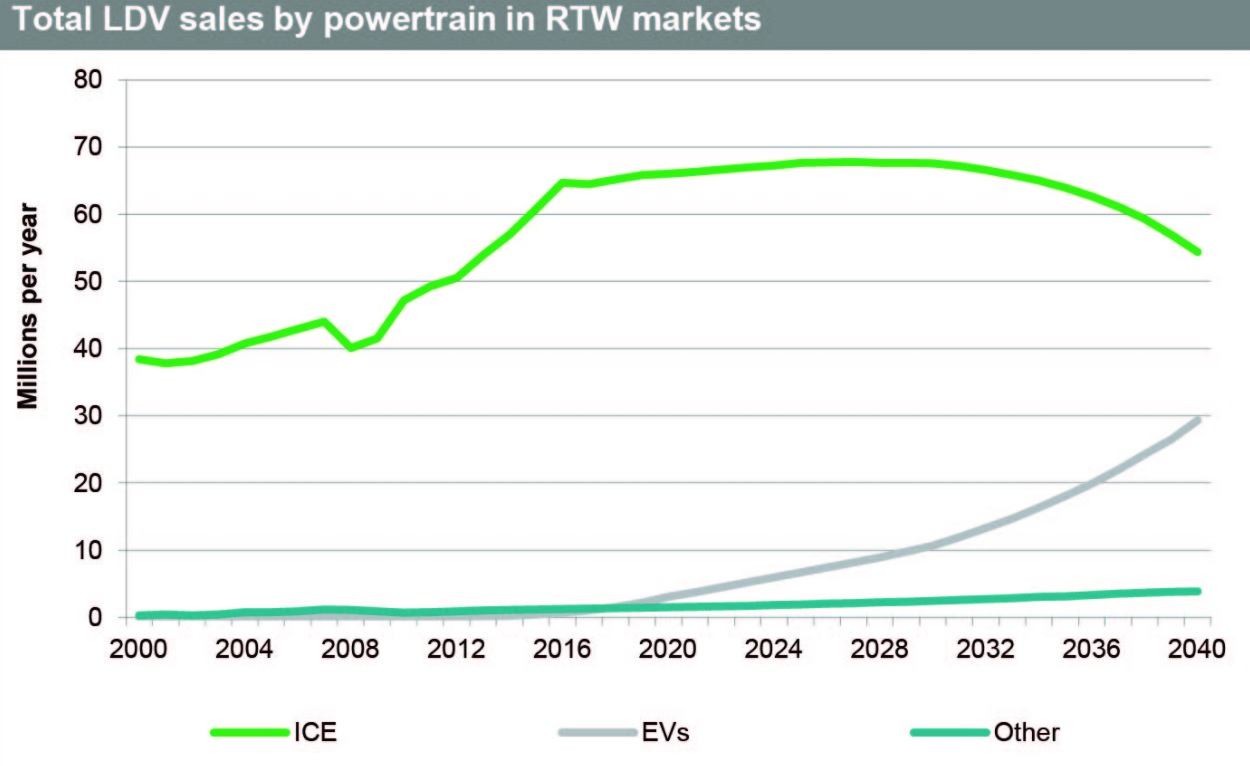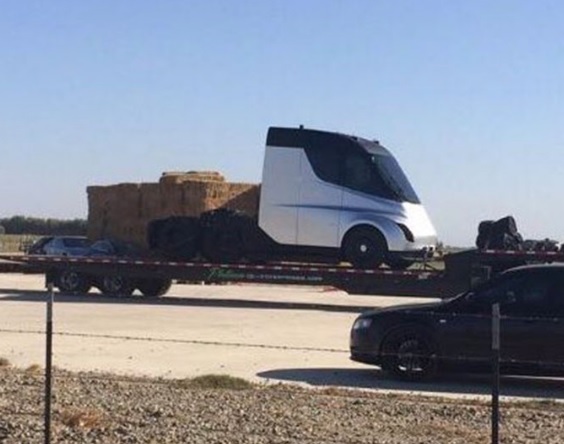Feds changing fuel economy rules: Federal efforts to coordinate fuel economy
 standards between its departments and with the state of California will be clarified in weeks ahead. National Highway Traffic Safety Administration Acting Administrator Heidi King said Tuesday at the Detroit auto show that a proposal would be released on March 30 with new fuel economy standards for light duty vehicles. President Donald Trump last year reinstated a review of NHTSA and Environmental Protection Agency rules for fuel economy and emissions to cover model years 2022 through 2025, which was part of his campaign to cut federal regulations. News of more talks between California and the Trump administration also came out this week. California Air Resources Board will be meeting in Washington this month with federal officials in an effort to reach agreement on phase two revisions that could sort out differences and avoid legal battles between automakers, the White House, and California.
standards between its departments and with the state of California will be clarified in weeks ahead. National Highway Traffic Safety Administration Acting Administrator Heidi King said Tuesday at the Detroit auto show that a proposal would be released on March 30 with new fuel economy standards for light duty vehicles. President Donald Trump last year reinstated a review of NHTSA and Environmental Protection Agency rules for fuel economy and emissions to cover model years 2022 through 2025, which was part of his campaign to cut federal regulations. News of more talks between California and the Trump administration also came out this week. California Air Resources Board will be meeting in Washington this month with federal officials in an effort to reach agreement on phase two revisions that could sort out differences and avoid legal battles between automakers, the White House, and California.
Infiniti electrifying most of its upcoming cars: Infiniti is joining Volvo and other near-luxury and luxury brands by electrifying its fleet by 2021 (with the exception of a few large SUVs). For these models, the company isn’t specifying whether it will include hybrids, plug-in hybrids, and batter electric vehicles in the electrified lineup. It will include BEVs that will have at least 200 miles of range, according to Infiniti and Nissan CEO Hiroto Saikawa. That range would be slightly farther than the new Leaf can go from parent company Nissan. “We are trying to position Infiniti as the premier electrified brand” as part of the five-year plan that will extend through 2022, he said.
On-demand mobility a very tough business to succeed in: Another sad tale is being told in the less-than-a-decade old business of on-demand mobility. See Jane Go, a ride- hailing app for women riders transported by women drivers, closed its shutters on Tuesday, January 9.
hailing app for women riders transported by women drivers, closed its shutters on Tuesday, January 9.
“As a young start-up, we have been unable to secure the necessary capital funding to continue our operations,” wrote CEO Cassandra Miller in a note posted on Facebook. “I know discontinuing our service will be a significant loss for many that we serve.”
The service was created by Laguna Niguel, Calif., residents Savannah Jordan and her father, William Jordan, in 2016 to offer women a safer alternative in the ride-hailing market.
Just as Facebook has inspired hundreds of social networking startups targeted to special interests, mobility services are seeing a wave of specialized services emerge. You can have your kids picked up and taken home after their music lesson. Someone else can do all your grocery shopping that will be delivered to your front door or kitchen. Meals can be delivered quickly and cheaply to you at home, work, or a social gathering. Then there’s always the Uber and Lyft model of having convenient, quick, affordable rides – taking away the hassles of being stuck behind the wheel in traffic and having to find a parking space.
Ride-hailing giant Uber has been the Facebook of mobility, following its beta launch in 2010 and San Francisco rides starting up in 2011. The past year has been a near-death experience for Uber, with newly hired CEO Dara Khosrowshahi now expected to revive the company.
Navigant Research recently published an analysis piece comparing the challenge Netflix faces competing with Disney to what companies like Uber and Lyft face compared to global automakers. Netflix is burning through a great deal of cash in creating its own catalogue of films and TV series to compete. Uber faces competition from companies like General Motors, Volkswagen, Daimler, and Ford, which are starting up and acquiring their own mobility service business units.
Green Auto Market Extended Edition subscribers this week can view a study on where 10 leading mobility companies stand with investors in the number of funding rounds and total funding amount raised so far. Companies reviewed include Airbnb, Didi Chuxing, DoorDash, Gett, GrubHub, HopSkipDrive, Instacart, Lyft, Postmates, and Uber.

 statement this week, the company announced that it delivered 1,550 Model 3 small sedans in Q4 2017, up from 220 the previous quarter. Tesla expects to reach a 2,500 unit weekly rate by the end of the first quarter, and the 5,000 per week milestone by the end of the second quarter. It was a good quarter and year for the electric automaker, with 101,312 of the Model S and Model X vehicles delivered in 2017 – a 33% increase over 2016. It was the best quarter ever for Tesla, with 15,200 Model S and 13,120 Model X vehicles delivered, representing a 27% increase over Q4 2016. As for the new Model 3, the company will “continue to focus on quality and efficiency rather than simply pushing for the highest possible volume in the shortest period of time.”…………. Westport Fuel Systems Inc. has entered into a development and supply agreement with Tata Motors for their 4 cylinder and 6 cylinder natural gas spark-ignited commercial vehicle engines to meet the Indian government’s new Bharat Stage VI emission standards, scheduled to take effect in April of 2020. Westport Fuel Systems has been working with Indian automaker Tata Motors since 2012, most recently working together on developing their next generation of natural gas spark-ignited engines to meet the BS-VI emission standards. Upon completion of the program,
statement this week, the company announced that it delivered 1,550 Model 3 small sedans in Q4 2017, up from 220 the previous quarter. Tesla expects to reach a 2,500 unit weekly rate by the end of the first quarter, and the 5,000 per week milestone by the end of the second quarter. It was a good quarter and year for the electric automaker, with 101,312 of the Model S and Model X vehicles delivered in 2017 – a 33% increase over 2016. It was the best quarter ever for Tesla, with 15,200 Model S and 13,120 Model X vehicles delivered, representing a 27% increase over Q4 2016. As for the new Model 3, the company will “continue to focus on quality and efficiency rather than simply pushing for the highest possible volume in the shortest period of time.”…………. Westport Fuel Systems Inc. has entered into a development and supply agreement with Tata Motors for their 4 cylinder and 6 cylinder natural gas spark-ignited commercial vehicle engines to meet the Indian government’s new Bharat Stage VI emission standards, scheduled to take effect in April of 2020. Westport Fuel Systems has been working with Indian automaker Tata Motors since 2012, most recently working together on developing their next generation of natural gas spark-ignited engines to meet the BS-VI emission standards. Upon completion of the program,  ahead of the 2018 Consumer Electronics Show (CES) in Las Vegas. Aurora Innovation also signed a deal with Hyundai this week, similar to its alliance with VW, to bring its self-driving software into commercial use. Based in Palo Alto, Calif., and Pittsburgh, Penn., Aurora designs and builds self-driving technology, partnering with automakers to integrate, pilot and deploy advanced self-driving platforms into vehicles. Founded by CEO Chris Urmson, Chief Product Officer Sterling Anderson and Chief Technical Officer Drew Bagnell, Aurora is working to solve today’s most complex AI, automation and engineering challenges to improve transportation and positively impact cities. Urmson had played a leading role at Google’s self-driving car unit, before it became Waymo.
ahead of the 2018 Consumer Electronics Show (CES) in Las Vegas. Aurora Innovation also signed a deal with Hyundai this week, similar to its alliance with VW, to bring its self-driving software into commercial use. Based in Palo Alto, Calif., and Pittsburgh, Penn., Aurora designs and builds self-driving technology, partnering with automakers to integrate, pilot and deploy advanced self-driving platforms into vehicles. Founded by CEO Chris Urmson, Chief Product Officer Sterling Anderson and Chief Technical Officer Drew Bagnell, Aurora is working to solve today’s most complex AI, automation and engineering challenges to improve transportation and positively impact cities. Urmson had played a leading role at Google’s self-driving car unit, before it became Waymo. forward for mobility services, according to a new study by IHS Markit, Reinventing the Wheel: Mobility and Energy Future. Much of that will come from being by far the largest auto sales market in the world, with the consulting firm forecasting 28 million new vehicles to be sold there next year versus 17.1 million in the second largest global market, the U.S. Didi Chuxing is leading the way in that market for growth in app-based mobility services, as Uber and Lyft have done in the U.S. Electrified vehicles and development of autonomous vehicle technology will also play a part in China and other markets. China had more than 234,000 new energy vehicles (all-electric and plug-in hybrid electric vehicles) sold from January through September 2017, compared to over 140,000 unites in the U.S. market.
forward for mobility services, according to a new study by IHS Markit, Reinventing the Wheel: Mobility and Energy Future. Much of that will come from being by far the largest auto sales market in the world, with the consulting firm forecasting 28 million new vehicles to be sold there next year versus 17.1 million in the second largest global market, the U.S. Didi Chuxing is leading the way in that market for growth in app-based mobility services, as Uber and Lyft have done in the U.S. Electrified vehicles and development of autonomous vehicle technology will also play a part in China and other markets. China had more than 234,000 new energy vehicles (all-electric and plug-in hybrid electric vehicles) sold from January through September 2017, compared to over 140,000 unites in the U.S. market. models using common platforms by 2022, according to CEO Carlos Ghosn. Plug-in hybrid models will also be utilized, coming from Mitsubishi’s experience with the Outlander PHEV. Two other utility plug-in hybrids will be coming to market over the next two years. The alliance companies have collectively already sold more than a half million plug-in electrified vehicles………….
models using common platforms by 2022, according to CEO Carlos Ghosn. Plug-in hybrid models will also be utilized, coming from Mitsubishi’s experience with the Outlander PHEV. Two other utility plug-in hybrids will be coming to market over the next two years. The alliance companies have collectively already sold more than a half million plug-in electrified vehicles………….  markets by 2040 – China, the U.S., Europe, and India – according to a new study by IHS Markit. You’ll notice that the percentage isn’t anywhere near 100% if fossil-fuel bans were to be enacted across these four markets. China, India, France, Great Britain, and other markets are considering banning gasoline and diesel powered engines entirely.
markets by 2040 – China, the U.S., Europe, and India – according to a new study by IHS Markit. You’ll notice that the percentage isn’t anywhere near 100% if fossil-fuel bans were to be enacted across these four markets. China, India, France, Great Britain, and other markets are considering banning gasoline and diesel powered engines entirely. overcrowding at its warehouses, according to two people familiar with the plan. Testing the new service, called Seller Flex, began two years ago as a trial project in India. The company has been marketing the service to U.S. merchants to prepare for national expansion. It started out this year in west coast states with a broad rollout scheduled for 2018, according to the sources. It’s tied into heavy-duty and medium-duty delivery trucks that will service its Amazon Prime and Amazon Flex units. Amazon last year launched Seller Fulfilled Prime, which lets merchants in the Amazon network who don’t stow items in Amazon warehouses still have their products listed with the Prime badge. That gives these merchants the opportunity to tap into the two-day delivery service. Amazon is gaining control over these deliveries, though it may still use third-party couriers to carry out deliveries with their own fleet vehicles.
overcrowding at its warehouses, according to two people familiar with the plan. Testing the new service, called Seller Flex, began two years ago as a trial project in India. The company has been marketing the service to U.S. merchants to prepare for national expansion. It started out this year in west coast states with a broad rollout scheduled for 2018, according to the sources. It’s tied into heavy-duty and medium-duty delivery trucks that will service its Amazon Prime and Amazon Flex units. Amazon last year launched Seller Fulfilled Prime, which lets merchants in the Amazon network who don’t stow items in Amazon warehouses still have their products listed with the Prime badge. That gives these merchants the opportunity to tap into the two-day delivery service. Amazon is gaining control over these deliveries, though it may still use third-party couriers to carry out deliveries with their own fleet vehicles. semi-tractor heavy-duty truck was spotted and posted this week on the Reddit social media site. It was posted then abruptly removed on Tuesday morning after showing what could be the Tesla truck on a delivery truck bed in the California desert. It does look similar to a design teaser released earlier this year by Tesla. The EV-maker declined to comment on it. Tesla plans to reveal the truck later this month – on Oct. 26. It’s scheduled to be operating on public roads by 2020.
semi-tractor heavy-duty truck was spotted and posted this week on the Reddit social media site. It was posted then abruptly removed on Tuesday morning after showing what could be the Tesla truck on a delivery truck bed in the California desert. It does look similar to a design teaser released earlier this year by Tesla. The EV-maker declined to comment on it. Tesla plans to reveal the truck later this month – on Oct. 26. It’s scheduled to be operating on public roads by 2020.